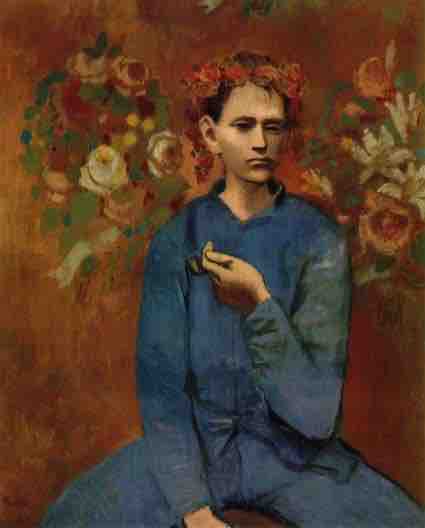The art market is an economic ecosystem that relies not only on supply and demand, but on the fabrication of a work's predicted future monetary and/or cultural value. The art market can appear somewhat unclear, since artists do not make art with the sole intention of selling it, and buyers often have no idea of the value of their purchase.
The art market is made up of two parts: the primary market and the secondary market. The primary art market refers to art that enters the market for the first time, while the secondary market refers to artworks that have been sold at least once before.
Once a work is sold, it enters the secondary market and the price at which it sold has a direct influence on its subsequent price. For example, the Picasso painting Garçon à la Pipe sold for $104.2 million at auction, thereby setting its worth at $104.2 million. Supply and demand affects the secondary market more than the primary market, as contemporary art with no market history relies on speculative analysis to determine its value.

Picasso, Garçon à la Pipe, 1905
Picasso's "Garçon à la Pipe sold for, and is thereby valued at, $104.2 million.
The important players in the art market are the gallery, curator, dealer, consultant, and collector. Art galleries are commercial or privately funded businesses that deal in artworks, made by contemporary or historical artists. Nonprofit galleries are typically a step above commercial galleries, and include museums and galleries that are funded by the government or charity that do not sell artwork, such as the Tate Modern.
The curator is generally the manager of the gallery and the person who programs the space and organizes art shows. Curators at commercial galleries may have the responsibility of selling work, while those at museums generally maintain the organizational aspects of exhibitions.
Art dealers are persons or companies who buy and sell works of art. They typically seek out artists to represent while simultaneously building relationships with collectors and museums to whom they might be able to sell the work. Dealers are often able to anticipate market trends, and some prominent dealers might be able to influence the taste of the market. Many dealers specialize in a particular style, region, or time period and travel internationally to exhibitions, auctions, artists' studios, and art fairs to pick up new work. An example of a highly notable art dealer is Larry Gagosian, who also owns Gagosian Gallery, a highly influential art gallery.
Art fairs act as conventions or large-scale shows where galleries display the work of select artists whom they represent and are important to the structure of the contemporary art market. Prominent art fairs include Art Basel, Scope, Frieze Art Fair, NADA, and the Armory Show. The tradition of selling art at auction dates back to the 17th century and continues to thrive today. Art auctions deal in the most highly valued of art, such as works by Picasso, Manet, Jeff Koons, and Andy Warhol. The leading auction houses are Christie's and Sotheby's.